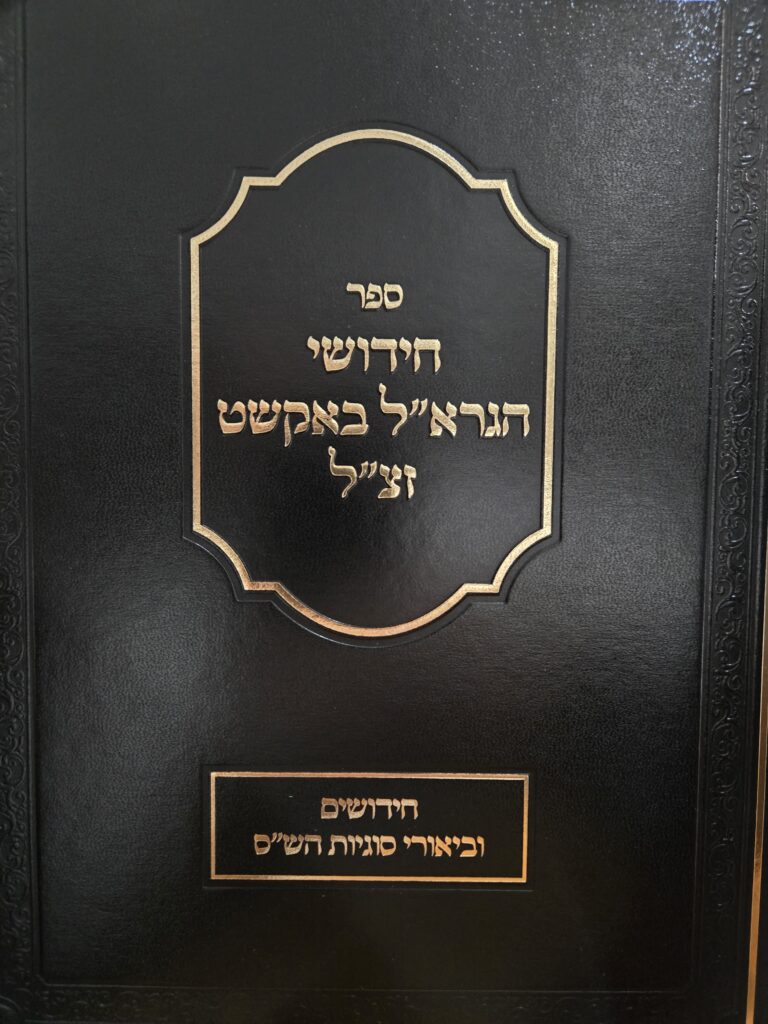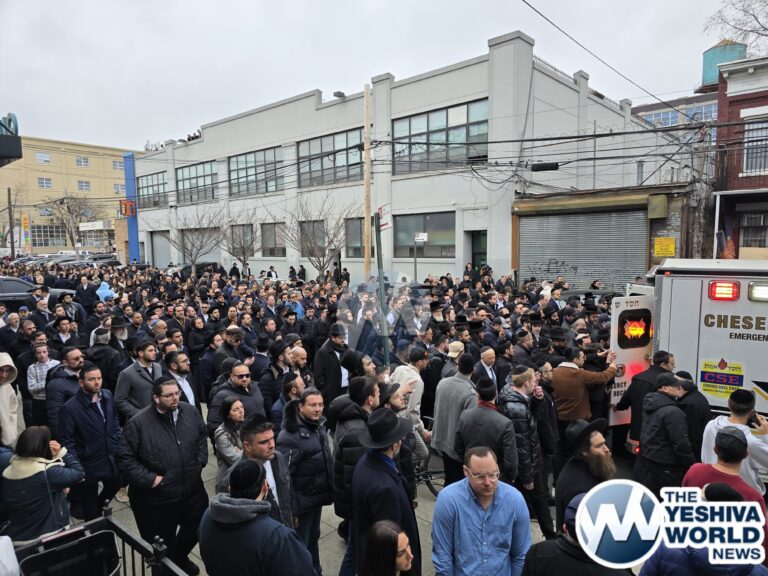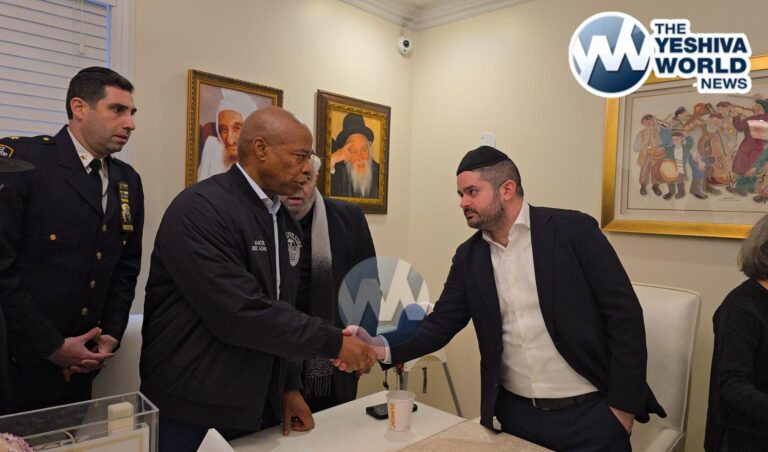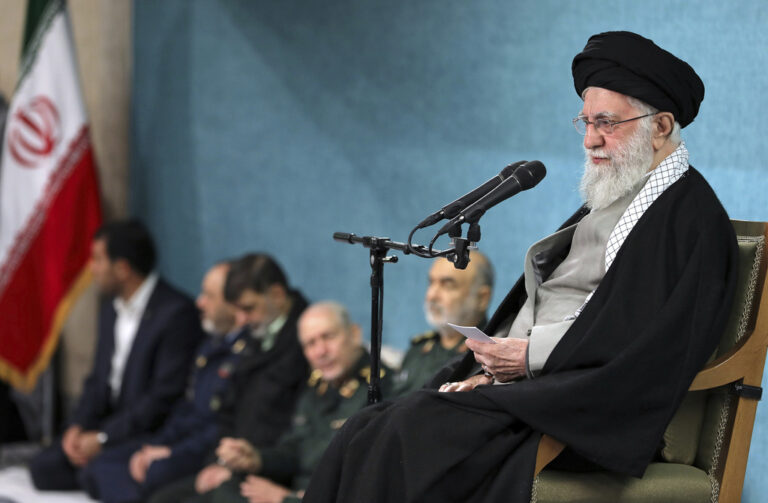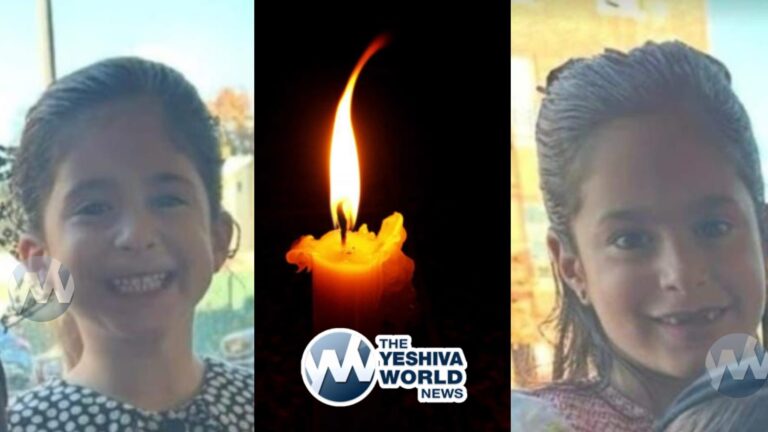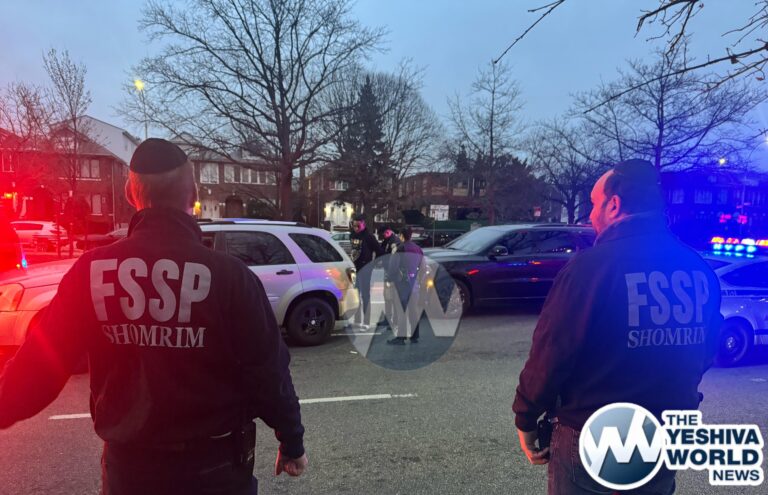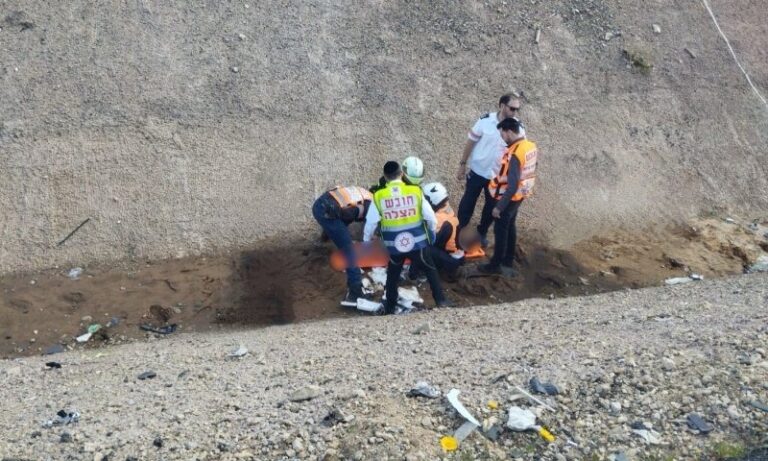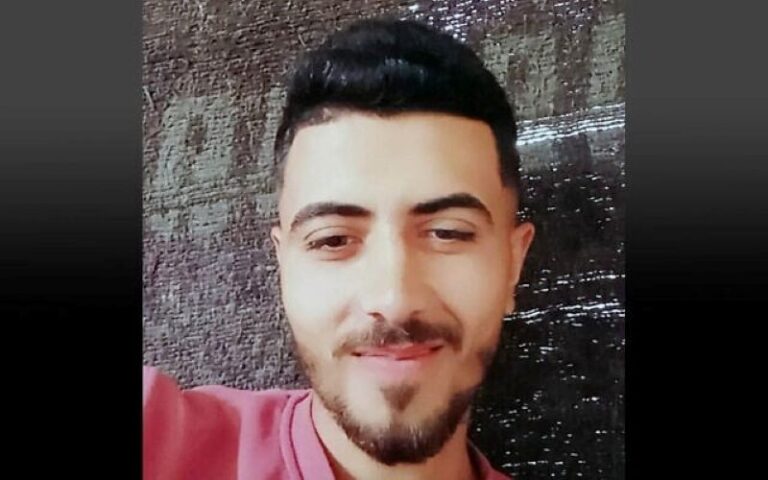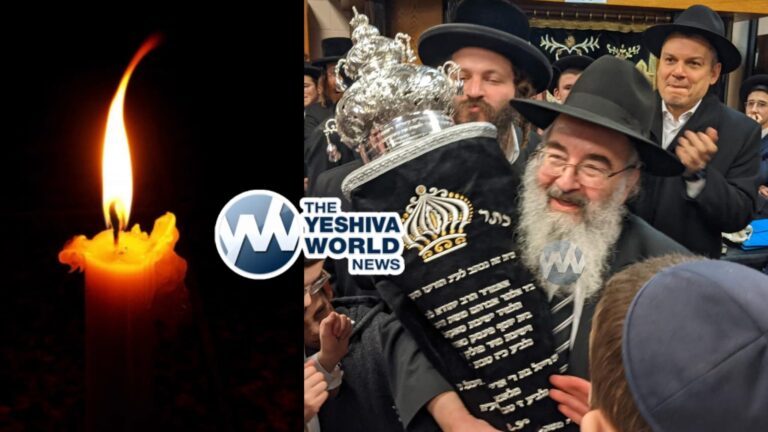by Rabbi Yair Hoffman
Rav Leib Bakst zatzal (1918-2004) was an Alter Mirrer who was an outstanding Talmid Chochom and gadol who was rosh yeshivah of Yeshivas Beis Yehudah in Detroit. He taught thousands of talmidim, and now, Boruch Hashem, a new sefer on his Chidushei Torah has just been released.
I would like to thank Reb Avrohom Applebaum, a father of one of my students for bringing me a copy.
Rav Bakst was born in Doltish, Lithuania, to Rabbi Yaakov Yehoshua who perished in the Holocaust hy”d. He studied at the Mir Yeshiva in Mir, Poland and later during its exile in Vilna and Shanghai during World War II. He was close to both the Mir Rosh Yeshiva Rav Laizer Yehuda Finkel zt”l and also studied under in the Mir’s famed Mashgiach – Rav Yerucham Leibowitz zt”l for six years.
In 1946, after the war, he married the daughter of Rav Mordechai Rogov, the author of “Ateret Mordechai,” who had studied at the Mir and Volozhin yeshivas.
From his Mussar shmuessim, his talmidim compiled the sefer “Kol Aryeh.”
While in Shanghai, Rav Bakst suffered a burst appendix and hovered between life and death. Later, after he recovered – he reprinted in Shanghai the classic Mussar Sefer Tomer Devorah by the great Tzfas kabbalist Rav Moshe Cordevero.
Rav Bakst zatzal was a close friend of one of my Rebbeim, Rav Dovid Kviat zatzal, and I consider it a kavod to be able to present just a glimpse of him to others. The following was culled from the new sefer’s hakdamah:
These chiddushim are mostly from writings found in the Rosh yeshiva’shouse, besides those that were already printed in various places around the world..After many years of requests regarding the publication of a book with his Torah insights, and after the completion of the work and its arrangement into a proper manuscript, his students will surely guard and preserve our Rosh yeshiva’s memory of blessed memory. We hope it will be beneficial to the world of Torah study and increase Torah knowledge and its illumination.
“The Vilna Gaon in his commentary on Mishlei on the pasuk of ‘Shlomo son of David, King of Israel,’ writes that ‘when someone sees a sefer, they need to know who the author is, for if the author is a great sage, trustworthy in his wisdom, as Rashi was in his books, then in Creation and in Torah etc.’ Therefore, in the book’s introduction, it seems appropriate to strive to preserve something of our Rosh yeshiva’s character traits of blessed memory in a faithful way. At the beginning of our work on the book, one of our Rosh yeshiva’s close students told us – ‘How can you describe our Rosh yeshiva through the publication of a book of his teachings, when whoever says “This is him” limits him?
The Man and His Character
Indeed, whoever saw our Rosh yeshiva witnessed a vision of grace and fullness of wisdom and Mussar. Though young in days, he possessed ancient wisdom, like a flowing spring. All who approached holiness desired to be near him and cling to his teachings. In his pure way of life, whether in formal work or casual encounters, people’s souls yearned to draw close and learn from him. He had a remarkable ability to connect with every living being, his ears always attentive to their troubles and hardships. He would absorb their difficulties and provide strength for their burdens.
His Teaching Approach
The Nature of Learning
When Chazal determined that all must study Torah, they meant more than mere book learning. The Torah must rest within us, becoming part of our very being. The written Torah is not external to us, nor merely life advice. Rather, Hashem’s life and Torah depend on honoring Torah, as written in the weekly portions.
Fresh Understanding vs. Rote Learning
The Oral Torah, as explained in the Midrash, isn’t just another layer of Torah or an increment in its greatness. Instead, it manifests daily through those who study it. There’s no reason to be satisfied with old interpretations alone; they should serve as foundation for producing new understandings.
His Teaching Methods
The Learning Environment
In the Beit HaMidrash and during second seder, he rarely sat with a book, preferring to walk around. Questions and difficulties weren’t always immediately clear, but he would appear whenever anyone had a question, listening with what he called “an ear that desires the soul.”
Recording and Documentation
When asked about recording lessons, he declined, explaining that while the regular lessons were organized and precise, the thinking needed to be precise and accurate in the moment. The study sessions involved rolling topics back and forth in the Gemara, connecting yesterday’s insights with tomorrow’s discoveries.
His Unique Approach to Torah Study
The Moses Model
He would explain the verse about Moses entering the Tent of Meeting as a model for self-enlightenment through teaching. Just as Hashem taught Moses how to teach, the Rosh Yeshiva believed in learning alongside his students rather than merely instructing them.
Teaching Fundamentals
Even when teaching basics like the Aleph-Beit to children, his approach wasn’t to teach from a position of prior knowledge, but to learn anew with the children, “to enlighten himself.” This mirrored how Hashem taught, even though He was teaching the most basic elements.
Intellectual Engagement and Debate
The Nature of Discussions
He would engage in heated debates with students, sometimes for hours. These weren’t mere arguments but “intellectual exercises” aimed at deeper understanding. He believed that while one builds on teachers’ knowledge, each person must develop their own understanding of Torah verses, Talmudic discussions, and the forces of the soul.
His Impact on Students
The intensity of his teaching came through his uniqueness and desire to teach, whether discussing Torah verses, Talmudic passages, or understanding human nature. Sometimes his insights came from places “the world wasn’t prepared to hear,” yet he persisted in sharing them.
Final Reflections
His conduct in learning emphasized paired study and class discussions, with every point made with utmost clarity in conversation. He saw the students’ enthusiasm in studying Gemara as fulfilling “they shall add insight and learning.” His words consistently aimed to elevate souls and plant understanding in his students’ hearts, always making space for them to comment and illuminate the discussion themselves.
This wasn’t just teaching – it was a demonstration of how Torah learning should be: fresh, engaged, and deeply personal, while simultaneously communal and interactive. His legacy shows that true Torah learning is about constant renewal and personal growth, not just accumulation of knowledge.
The author can be reached at [email protected]

